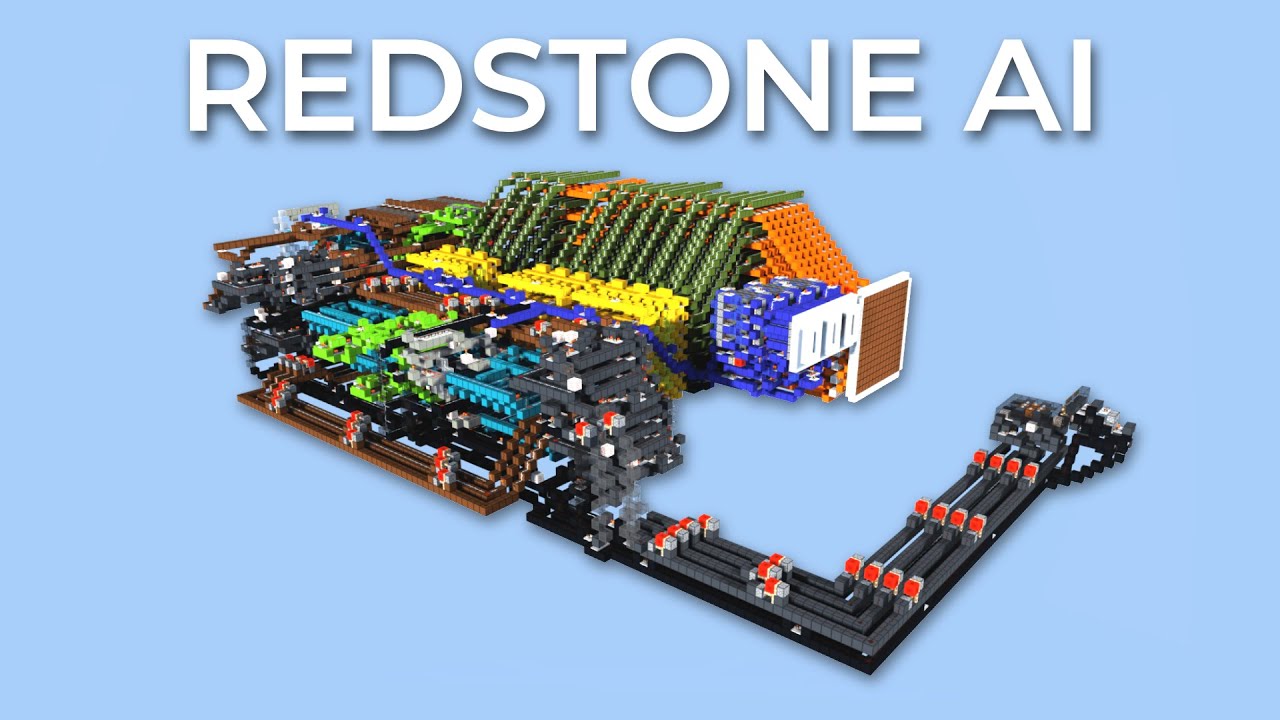Minecraft Redstone Computer: How a Mini AI Chatbot Runs Inside Virtual Blocks

Minecraft Breakthrough: AI Mini-ChatGPT Is Now Running Inside a Redstone Computer
A Digital Milestone Inside Virtual Bricks
Minecraft enthusiasts are witnessing a remarkable intersection of gaming and artificial intelligence. A creator known for technical ingenuity has engineered a massive virtual machine within this legendary sandbox, utilizing the game’s own building blocks to assemble a functioning computer capable of hosting a conversational AI. Though digital calculators and basic logic gates have long represented the cutting edge of Minecraft’s automation, this new contraption pushes the technical envelope by successfully running a condensed AI chatbot, with millions of neural parameters, inside the game’s blocky world.
The achievement required assembling hundreds of millions of Redstone components, the in-game material for constructing electronic circuits. This monumental structure, spanning nearly half a billion virtual blocks, acts as the backbone for computation and data storage. Rather than relying on shortcuts or external modifications, every part was crafted using only the resources the game itself provides, challenging both the scalability and performance limits of Minecraft’s engine.
To accommodate the intricacies of artificial intelligence, the developer first trained a language model externally, leveraging a conversational dataset to teach the AI the fundamentals of communication. With the model prepared—featuring approximately five million parameters and a vocabulary tailored for brief exchanges—the creator meticulously reconstructed the computational pathways inside the game, mapping neural network layers onto intricate Redstone logic circuits. The overriding focus was authenticity: pure game mechanics, no command blocks, no mods.
Inside the Machine: The Realities of AI on Virtual Hardware
Once operational, the AI can accept textual prompts directly from players in the game, providing responses generated within the confines of the virtual computer. The process, however, is dramatically different from real-world expectations. What normally takes milliseconds or seconds on a conventional processor is measured in hours inside the Minecraft simulation. Each answer requires an elaborate sequence of electrical signals, memory lookups, and neural calculations, resulting in a delayed but genuine example of digital reasoning.
Despite its innovative architecture, the chatbot’s conversational abilities reflect the complexity and constraints of both the training dataset and the virtual hardware stack. Its replies may occasionally veer off-topic or display grammatical inconsistencies—not unlike early AI models before large-scale refinement. These quirks highlight the enormous computational demands of natural language processing and serve as a testament to the project's ambition: recreating a slice of machine learning inside a system never designed for it.
The language model itself is compact by modern standards yet impressive for the chosen medium. Housing millions of parameters, it is designed for short, simple conversations, working within a narrow context window. Weight quantization and efficient token representation were necessities, pushing the mathematical storage capabilities of the virtual Redstone system to its limits. The result is a model that may not rival commercial AI in sophistication, but it unmistakably demonstrates inference capabilities inside a game environment.
A New Chapter for In-Game Computing and AI Enthusiasm
The public release of this project marks a milestone for the broader game modding and AI experimentation communities. With the design files made available, users curious about digital automation or language models must prepare for substantial resource requirements—dozens of gigabytes of RAM are needed simply to run the simulation. This underlines not just the complexity, but the sheer scale of the virtual computer constructed within the game.
For many, this innovation is more than a technical stunt; it’s an educational showcase that blends topics like machine learning, data science, and game design. It encourages future builders and researchers to explore how virtual worlds can host genuine computation, sparking curiosity about how digital systems work in unconventional settings. The implications for both educational outreach and creative engineering inside games continue to expand as a result.
The project lives at the intersection of sandbox creativity, computational science, and the relentless curiosity of a passionate builder. As more users test and experiment with this AI-powered contraption, it inspires new ambitions for what’s possible in virtual realms. Whether for learning, tinkering, or simply marveling at the ingenuity behind millions of interconnected blocks, this accomplishment stands as one of gaming’s most ambitious technological milestones.
Keywords:
Minecraft, Redstone, AI chatbot, language model, data science, machine learning, game design, virtual computer, modding, TinyChat dataset
